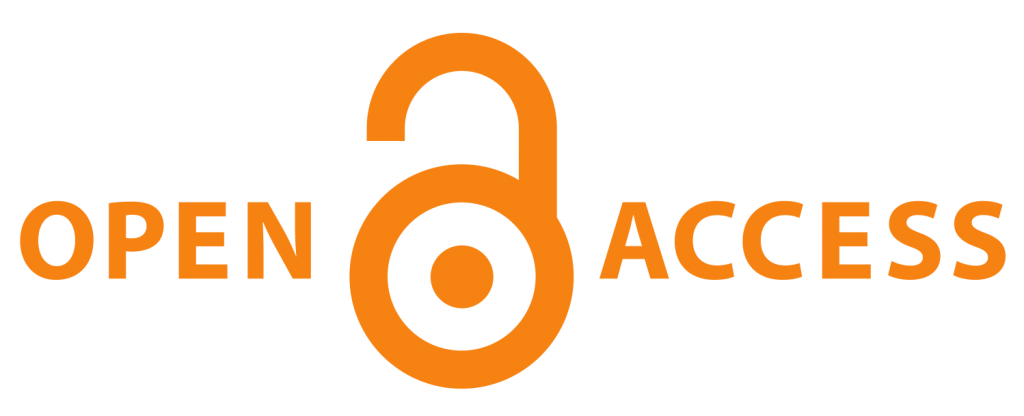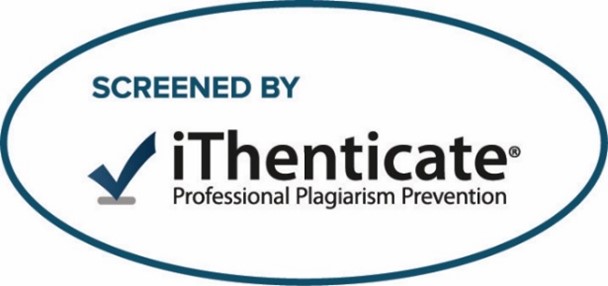Article Type
Original Article
Section/Category
Periodontology
Abstract
Objective: This research evaluates the efficacy of mechanical debridement (MD) alone versus MD with platelet-rich plasma (PRP) applications in early periodontitis treatment, focusing on clinical and microbiological outcomes after six weeks.
Materials and Methods: Twenty patients diagnosed with stage II grade B periodontitis, each exhibiting a pocket depth of up to 5 mm, were classified into two groups of ten for this study. Group I received MD and subgingival PRP treatment (test), while Group II received only MD (control). Clinical indicators, including sulcular bleeding index (SBI), probing depth (PD), plaque index (PI), and clinical attachment loss (CAL), were assessed at baseline and after six weeks. Porphyromonas gingivalis (P. gingivalis) and Prevotella intermedia (P. intermedia) were isolated from clinical samples utilizing a semi-quantitative culture technique. The isolated colonies were identified using conventional polymerase chain reaction (PCR) and culture characteristics at baseline before treatment and six weeks postoperatively.
Results: all measured clinical indices decreased significantly in all participants within the same group, SBI a statistically significant decrease and higher reduction of PI, PD, and CAL in the PRP group than in control one however these improvements were not statistically significant in addition, Culture results demonstrates higher statistically significant change for study group more than control, and there is positive non statistically significant correlation between clinical indices and culture results assessed at 6 weeks (P>.05).
Conclusions: This study emphasizes the value of PRP as a valuable adjunct in MD for the management of chronic periodontitis. PRP's antimicrobial properties promote the healing of periodontal tissues by inhibiting the proliferation of periodontal pathogens
Objective: This research evaluates the efficacy of mechanical debridement (MD) alone versus MD with platelet-rich plasma (PRP) applications in early periodontitis treatment, focusing on clinical and microbiological outcomes after six weeks.
Materials and Methods: Twenty patients diagnosed with stage II grade B periodontitis, each exhibiting a pocket depth of up to 5 mm, were classified into two groups of ten for this study. Group I received MD and subgingival PRP treatment (test), while Group II received only MD (control). Clinical indicators, including sulcular bleeding index (SBI), probing depth (PD), plaque index (PI), and clinical attachment loss (CAL), were assessed at baseline and after six weeks. Porphyromonas gingivalis (P. gingivalis) and Prevotella intermedia (P. intermedia) were isolated from clinical samples utilizing a semi-quantitative culture technique. The isolated colonies were identified using conventional polymerase chain reaction (PCR) and culture characteristics at baseline before treatment and six weeks postoperatively.
Results: all measured clinical indices decreased significantly in all participants within the same group, SBI a statistically significant decrease and higher reduction of PI, PD, and CAL in the PRP group than in control one however these improvements were not statistically significant in addition, Culture results demonstrates higher statistically significant change for study group more than control, and there is positive non statistically significant correlation between clinical indices and culture results assessed at 6 weeks (P>.05).
Conclusions: This study emphasizes the value of PRP as a valuable adjunct in MD for the management of chronic periodontitis. PRP's antimicrobial properties promote the healing of periodontal tissues by inhibiting the proliferation of periodontal pathogens
Keywords
Periodontitis, PRP, MD, PCs, GCF.
How to Cite This Article
Youssef E , Kandil I , Abdelhafez M , Elmeadawy S .
Evaluation of clinical effects of PRP as an adjunctive to non-surgical periodontal therapy in treatment of periodontitis patients: A randomized controlled clinical trial.
Mans J Dent.
2025;
12(2):
Available at:
https://doi.org/10.61793/2812-5479.1154
Creative Commons License

This work is licensed under a Creative Commons Attribution-NonCommercial-No Derivative Works 4.0 International License.








